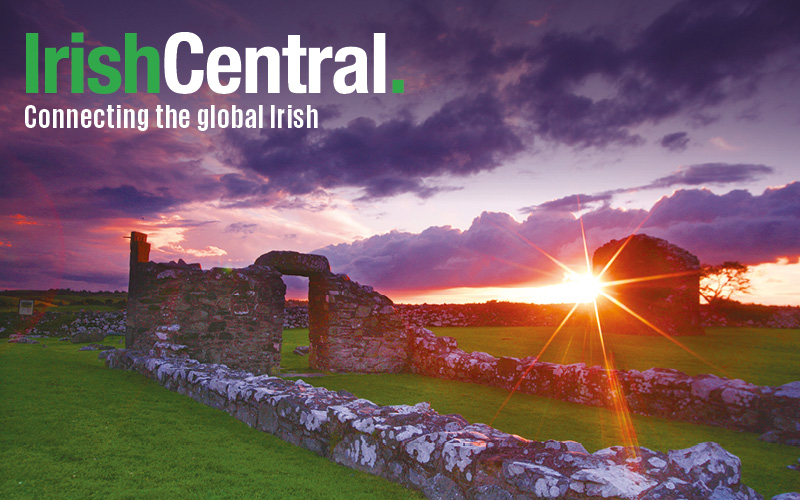The history books record it as perhaps the key moment in modern Irish history. Here are some of the strange misconceptions and facts that have emerged.
1. Many articles repeatedly refer to Pearse reading the Irish Proclamation “on the steps of the GPO.” There were no steps to the GPO.
2. Sean Mac Diarmada, one of the seven signatories of the Proclamation, almost escaped because he was using his English name John McDermott. The British only linked his name to its Irish form at the last moment.
3. Roger Casement should not be referred to as Sir Roger Casement. He renounced all his British titles before he was taken prisoner and executed.
4.There is a real doubt about the "Countess" title of Countess Markievicz. While training as an artist she met Casimir Markievicz, an artist from a wealthy Polish family that owned land in what is now Ukraine.
5. Markievicz was known in Paris as "Count Markievicz." When Constance's family enquired as to the validity of the title, they were informed through Pyotr Rachkovsky of the Russian Secret Police that he had taken the title "without right" and that there had never been a "Count Markievicz" in Poland. Other sources disagreed.
6. The English-born fighters for the Irish, mostly from Irish families in Britain, were the last to agree to surrender. They feared because they were British by birth they would be singled out and mistreated. There is no evidence they were.
7. The two worst atrocities against civilians were carried out by British troops. On Saturday, the South Staffordshire Regiment were pinned down and losing men near the GPO. The enraged troops broke into the houses along the street and shot or bayoneted 15 unarmed male civilians whom they accused of being rebel fighters.
Elsewhere, at Portobello Barracks, a deranged officer named John Bowen-Colthurst summarily executed six civilians, including the pacifist nationalist activist, Francis Sheehy-Skeffington.These instances of British troops killing Irish civilians would later be highly controversial in Ireland.
8. The GPO was located on Sackville Street, now O'Connell Street. During the 17th century Dublin’s main thoroughfare was a narrow street known as Drogheda Street (named after Henry Moore, Earl of Drogheda). It was widened, and renamed 'Sackville Street' (named after Lionel Sackville, 1st Duke of Dorset) in the late 1700s until 1924, when it was renamed in honor of Daniel O'Connell, nationalist leader of the early 19th century, whose statue stands at the lower end of the street, facing O'Connell Bridge.
9. The Irish Volunteers actually used side streets to reach the GPO and Sackville Street from Liberty Hall where they had gathered. Connolly, Plunkett and Pearse led the way but wanted to avoid detection as much as possible.
10. There was a 25 minute time difference between Ireland and Britain at the time, which has led to confusion in historical records as to when the war actually started. Dublin Mean Time and Greenwich Mean Time were based on the time of sunrise and sunset at a specific location in each country.
For more stories and information on Ireland’s 1916 Easter Rising, click here.




Comments